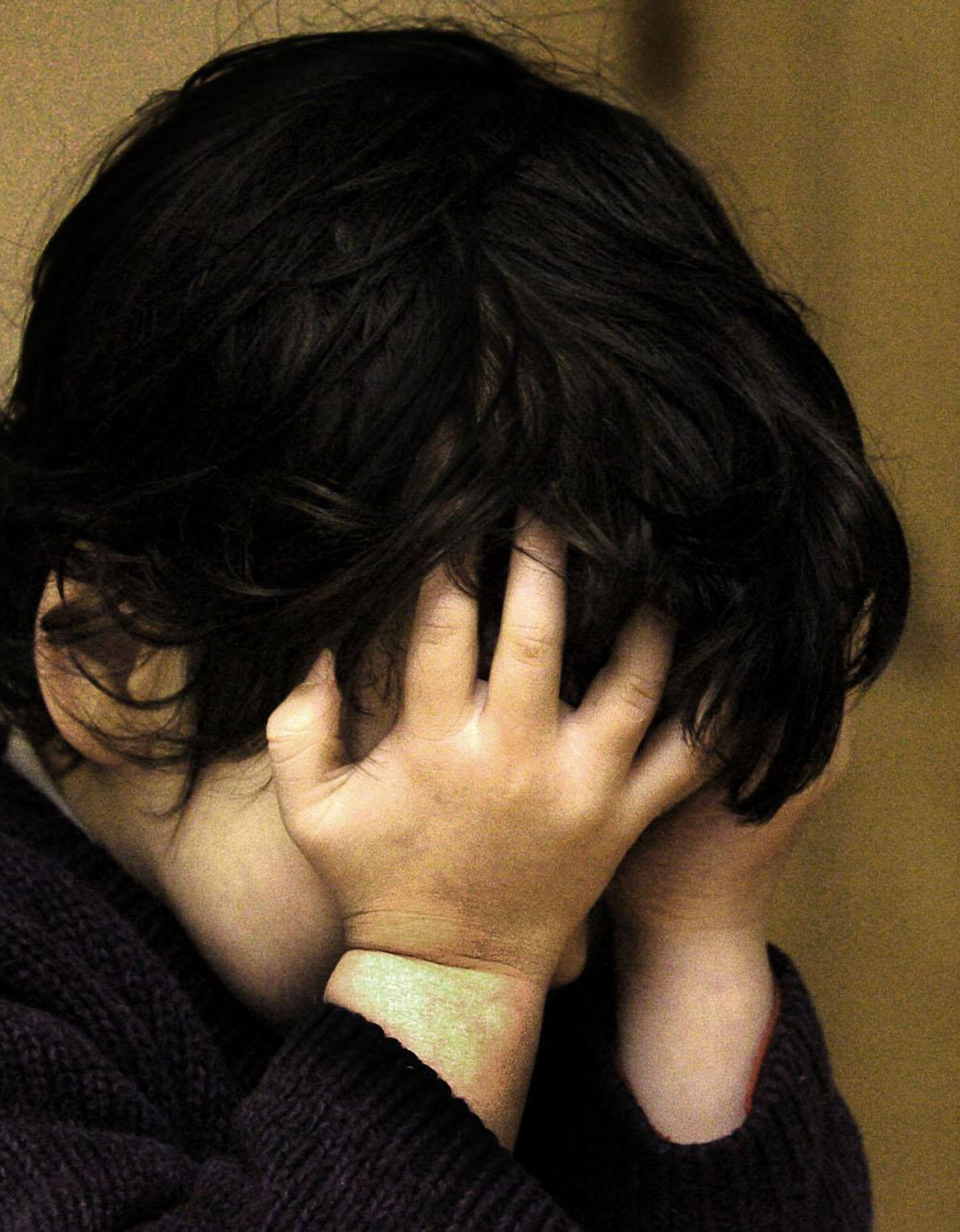
THOUSANDS of youngsters are feeling lonely and misunderstood, Childline has said.
The helpline provided the equivalent of 11 counselling sessions a day in 2016/17, 4,063 in total, to children and young people suffering from loneliness.
The issue is usually associated with older people, Childline said, but it is getting calls from children as young as six as today’s younger generation struggle with the pressures of growing up in the modern world and a lack of adults to talk to.
Girls were five times more likely to get make contact about loneliness than boys.
In total, there were 2,978 counselling sessions abut loneliness involving girls, compared 582 with boys. In 503 counselling sessions, the gender of the youngsters involved was unknown.
The NSPCC-run service suggested that counsellors are often reporting youngsters telling them that they feel invisible, misunderstood and like those close to them struggle to understand how they feel.
Childline said it had specifically recorded loneliness for the first time as an issue as it had seen increasing numbers of youngsters raising it.
Dame Esther Rantzen, founder and president of Childline, said: “I think we in the adult world are addicted to being busy, and that our children and young people are suffering as a result. Of course, many of us have to work hard, couples may need to take on several jobs to boost their income, but sometimes that leaves too little time for the people we care about most, our children.
“I worry, too, that the kitchen table has become obsolete, families are too busy to eat together, to talk about their days together, and share their worries. So Childline has become the place young people choose to confide in. They tell us that we make them they feel valued, so they have the confidence to talk about their feelings of loneliness.”
Peter Wanless, chief executive of the NSPCC, said: “There is no single reason why so many young people are suffering from loneliness and as result there is no simple fix to the problem.
“What is clear is that the world is becoming an increasingly complex place to grow up in with children and teenagers’ facing daily pressures to achieve what society defines as a successful life – grades, relationships, physical appearance.
“It is therefore vital that children and teenagers have people around them, in particular parents, who they can really open up to about how they are feeling.”

Enjoy the convenience of having The Sunday Post delivered as a digital ePaper straight to your smartphone, tablet or computer.
Subscribe for only £5.49 a month and enjoy all the benefits of the printed paper as a digital replica.
Subscribe